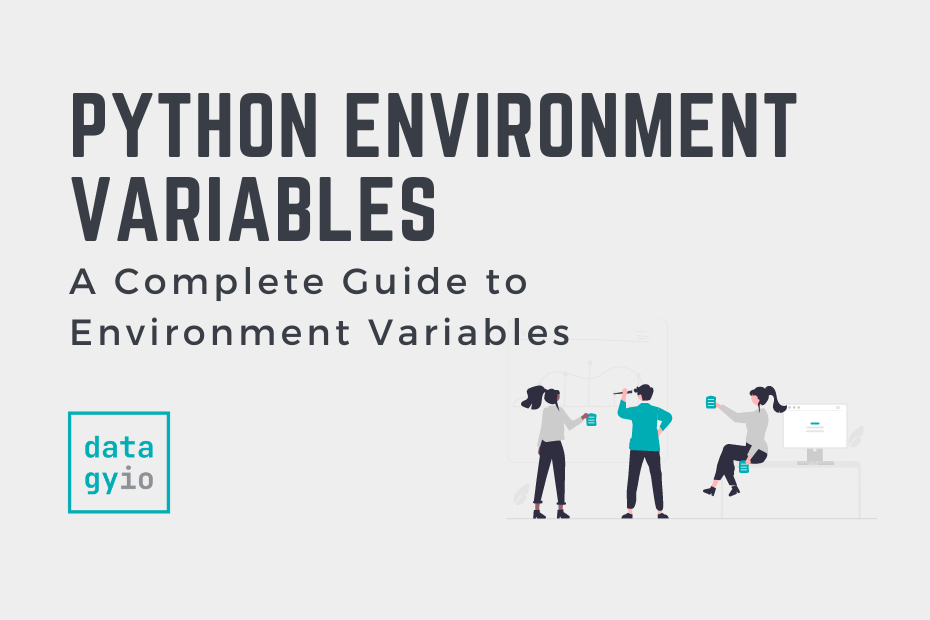Using Environment Variables in Python
In this post, you’ll learn about how to use environment variables in Python on Windows, macOS, and Linux. Environment variables in Python enable you to write smoother workflows and more secure code. You’ll learn why environment variables are useful to












